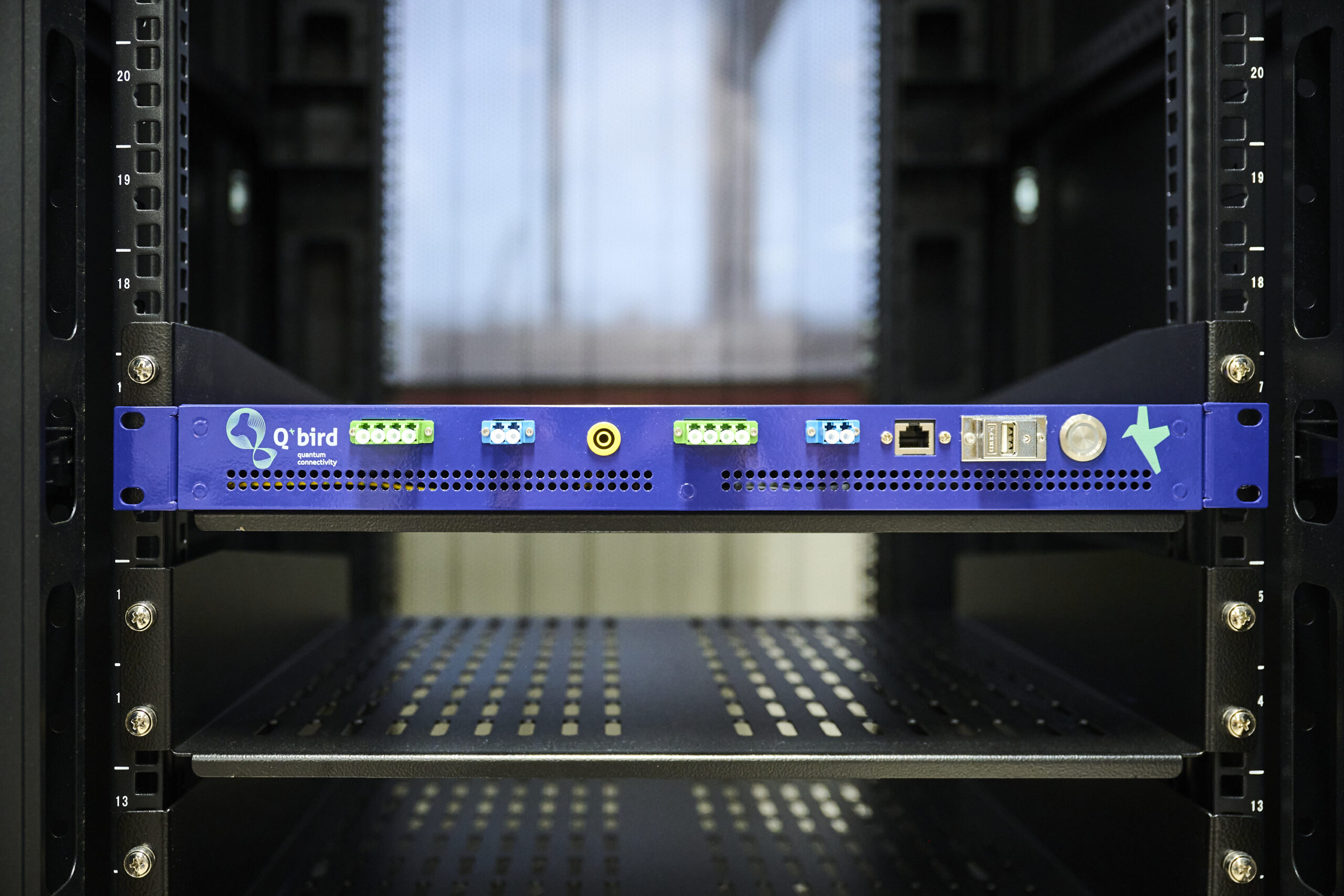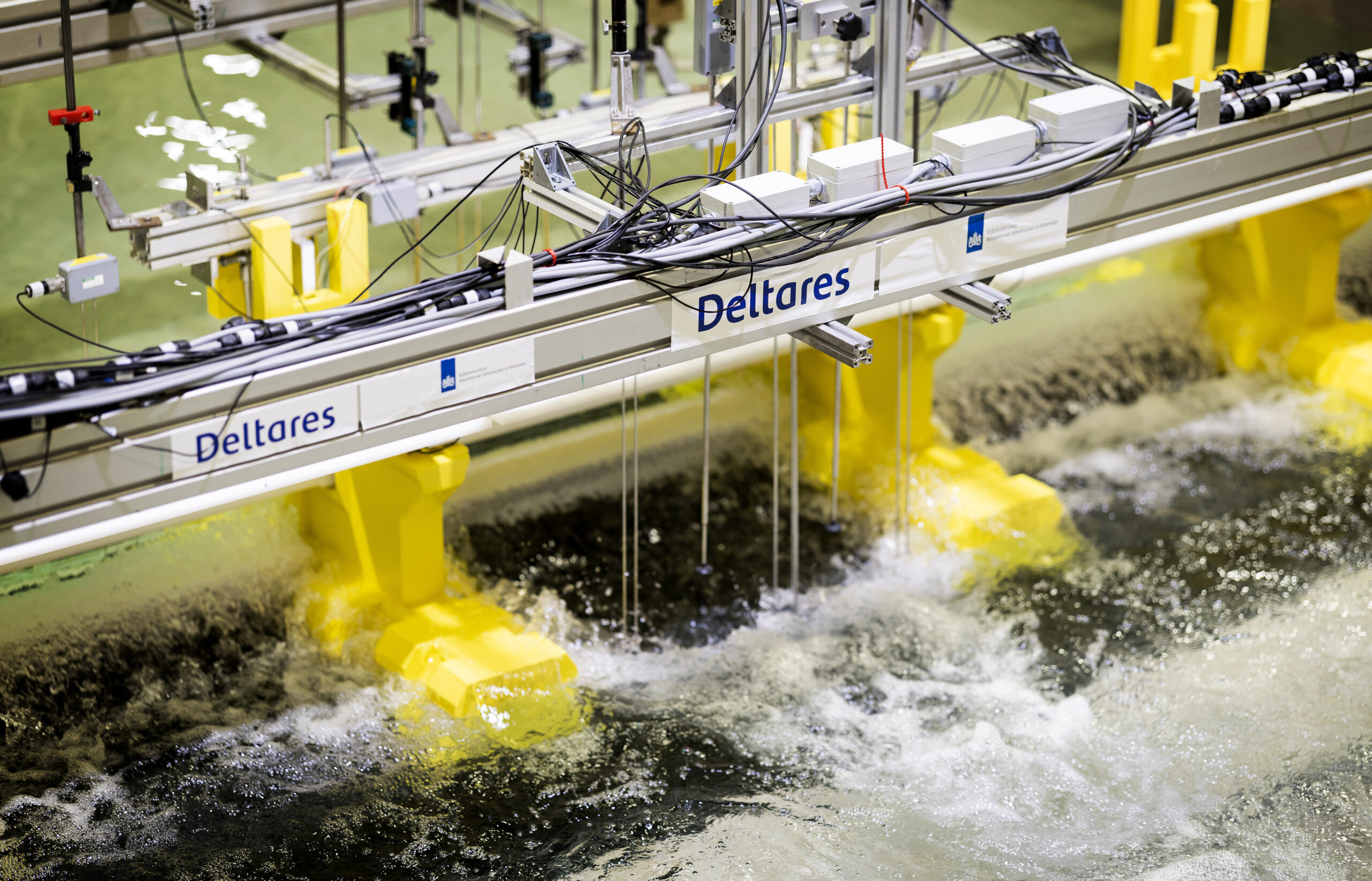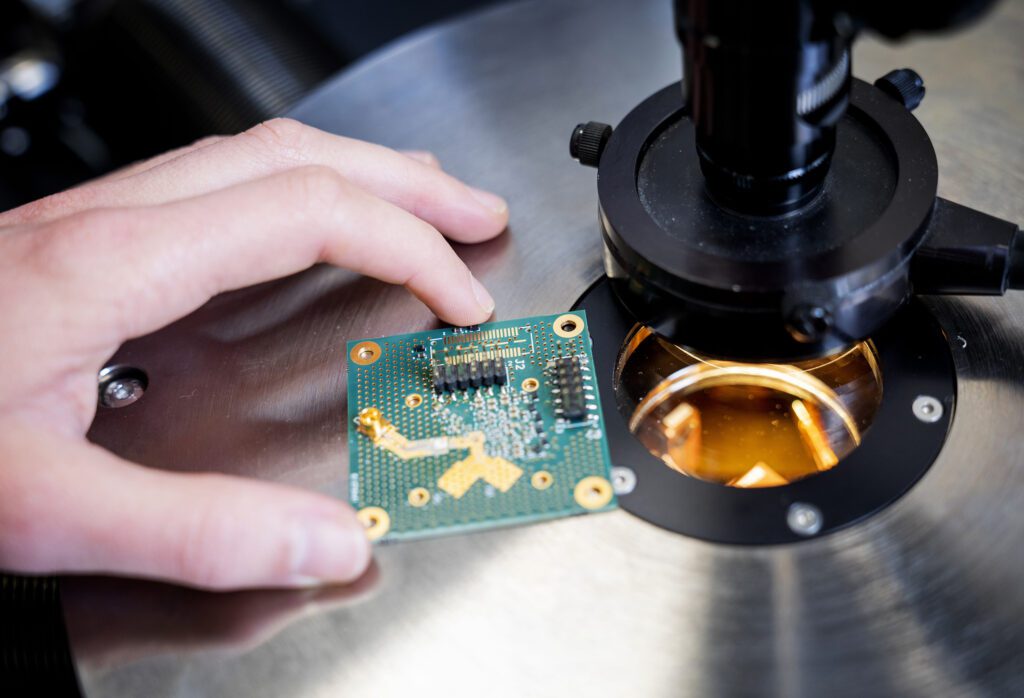
Along the Leeghwaterstraat on TU Delft Campus masts are currently being erected to monitor bicycle and car traffic. This will turn this part of the campus into a living lab for research into the behavior of cyclists and autonomous driving, says scientist Winnie Daamen of the Transport and Planning department of the Faculty of Civil Engineering and Geosciences (CiTG).
The masts are equipped with cameras, radar sensors and Wi-Fi trackers, among other things, which will record how cyclists behave. “With the data, we can map how individual cyclists interact with each other: when they ride next to each other, when they run behind each other, how they react to each other, how they behave at intersections,” says Daamen.
The aim is to create models for cycling behaviour that can be used to improve designs for cycle paths, intersections or other infrastructure.
Bicycle flows on TU Delft Campus
The Leeghwaterstraat is a so-called bicycle street, where cars are ‘guests’. “Very little is known about such streets,” says Daamen. “It is therefore useful to have a permanent set-up to observe how cyclists deal with their environment.” The data about the behaviour pattern of cyclists can also be used to improve the flow of cyclists across campus. “Delft University of Technology upgraded the Leeghwaterstraat, and it is expected that cyclists will make more use of it and, under certain circumstances, will prefer this street to the busy Jaffalaan.”
The first experiment will start at the end of April. This piece of campus is thus transformed into a living lab, where cyclists provide important research data. Privacy has of course been carefully considered: the experiment has been approved by the Delft University of Technology ethics committee and at the entrances to the street stand traffic signs with information about the experiment that is currently active. All data is processed anonymously. Those who do not want to participate can of course choose a different route.
With the data, we can map how individual cyclists interact with each other
Self-driving cars
Later this year autonomous cars will also start testing on the Leeghwaterstraat. Goal of the experiment is how cyclists, pedestrians and other motorists behave around self-driving cars. “We suspect that they react differently,” says Daamen. “Some cyclists will be somewhat reluctant, while a few daring will just drive right in front to see how they react.” Obviously safety is a priority. Therefore, a steward will always be monitoring the car and he can intervene when necessary.
In time there are plans to have an autonomous bus test drive in the Leeghwaterstraat. In addition, conversations are ongoing with car manufacturers to test their vehicles on the TU Delft Campus. This is already possible at The Green Village, but a permanent set-up with cameras such as the Leeghwaterstraat has the advantage that you have a much better overview of what is happening outside the vehicle and what the interaction with the other road users looks like.
Urban Mobility Observatory
In time, even more parts of the TU Delft Campus will transform into a test location for observing mobility, traffic and transport, including autonomous driving. For example, an autonomous shuttle bus is expected to start running on the southern part of the campus. For this specific project, Delft University of Technology collaborates with the MRDH (Metropolitan Region Rotterdam The Hague). For the construction of the various test locations, the university is working with seven other partners in the Urban Mobility Observatory (UMO) programme. The NWO funds this programme with almost 2 million euros. With the exception of Delft, a research area is being developed in at least five regions, all of which have a different design. This enables ground-breaking scientific research in the field of traffic, transport and mobility.
Researchlab Automated Driving Delft
The research into autonomous driving on Leeghwaterstraat is part of the field lab RADD (Research Lab Automated Driving Delft), which is also located on the TU Delft Campus. This field lab works closely together with the business community, knowledge institutions and governments on the development of autonomous driving. In addition to CiTG, the faculties of TPM, IDE and EWI are involved as well.
Recently, a new field lab for autonomous shipping was opened: RAS (Researchlab Autonomous Shipping). Daamen also expects to cooperate with RAS. “There are similarities between autonomous cars and autonomous vessels. For example, they use the same sensors for communicating between the vehicle and the control room. These are issues on which we can work together.”
Future
Autonomous cars are developing very quickly, but according to Daamen the challenge lies in the interaction with the other humans on the road. “We are now in a transition phase with both people and machines. That is really the hardest part. ”The challenge is how autonomous cars handle the input from outside, while ensuring safety. “How do you anticipate on that? But also: in what way do people accept autonomous vehicles? What are the legal and ethical consequences of autonomous driving? These are very complex issues and it will be some time before we have developed robust technology to address them.”



